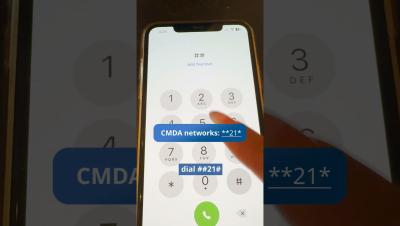6 Airbnb Scams To Watch Out For
Airbnb has brought a new paradigm to the hospitality industry. It has become the go-to platform for persons looking to make additional income with their properties and travelers looking for unique accommodation experiences away from home. However, this new model and its appeal have also attracted individuals looking to exploit the platform for fraud. Scams on Airbnb are becoming increasingly common, as both hosts and guests are not left out from becoming targets.





